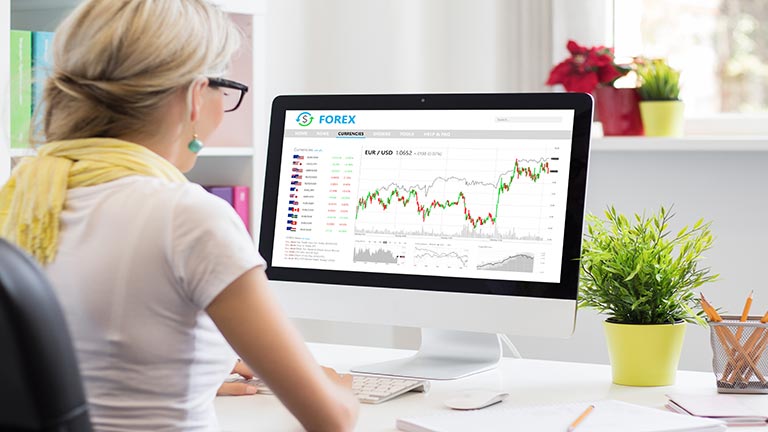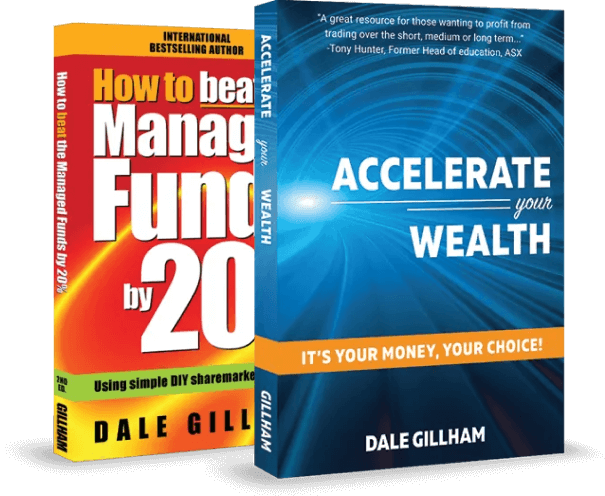Your Super Could be Slashed in Half this September

By Dale Gillham and Fil Tortevski
You want the Fed to cut rates? Be careful what you wish for because it could just be the thing that sends your superannuation portfolio into freefall. Why would a rate cut cause a super sell off? Aren't rate cuts good for the stock market? I know what I am saying sounds quite daring, but here are the facts that no one is talking about.
Let’s look at why your super may halve
Goldman Sachs just shifted its forecast, saying the U.S. Federal Reserve will likely start cutting rates by 25 basis points in September. Sounds great, right? Wrong.
Because if you think a rate cut means a booming market, think again. In an easing rate environment (where rates are falling consistently) stock markets generally fall early in the cycle and start reversing up just before easing ends. In fact, since 1999, the beginning of the rate cut cycle from the 5 per cent level has never been the rally point, it’s been the warning shot.
What’s the evidence to support your super halving
In January 2001, the Fed began easing rates after hiking them from 1999 to May 2000 when rates rallied to 5.25 per cent. Following the first cut in January 2001, the S&P 500 fell 49 per cent.
From 2004 to 2006, the Fed pushed rates above 5 per cent before they began easing rates in September 2007. The first cut came just one month before the market peaked and what followed was one of the worst crashes in history, with the S&P 500 plunging 57 per cent during the GFC.
From 2015 to 2018, the Fed hiked rates again to 2.5 per cent before they started to reduce them in July 2019. And what happened next? COVID and a 34 per cent crash for the S&P Index.
Where are we today?
After lifting rates from March 2022 to above 5 per cent, the Fed switched to cut rates in September 2024. What followed was a sharp 16 per cent drop on the S&P 500 Index by March 2025, before the market managed to rebound. But history doesn’t lie. Once the cutting phase begins, further rate cuts often lead to a much deeper downturn. And if history repeats, it won’t be a small one.
What should you do to protect your superannuation?
Most Australians don’t realise that a huge chunk of their super is invested in U.S. equities, especially via international and high-growth fund options. So, if the S&P 500 falls 50 per cent, your retirement will take a massive hit, which begs the question, how do you avoid a superannuation disaster?
Here are my top 3 tips:
1. Watch the price, not headlines. Forget what they say and focus on what the market does.
2. Protect capital first and chase profits second because once your portfolio drops 50 per cent, you need a 100 per cent return to break even.
3. Limit market risk. The more stocks you own, the more risk you’re exposed to if the whole market declines.
So, before you pop the champagne on a rate cut, ask yourself: Is this really the start of a bull run, or the beginning of the next major stock market decline?
What were the best and worst-performing sectors last week?
The best-performing sectors included Consumer Discretionary, up 2.56 per cent followed by Financials, up 1.45 per cent and Industrials, up 1.31 per cent. The worst performing sectors included Materials, down 3.92 per cent followed by Energy, down 1.66 per cent and Utilities, down 0.97 per cent.
The best performing stocks in the ASX tops 100 included JB Hi-fi, up 6.31 per cent followed by Resmed, up 3.83 per cent and Computershare, up 3.74 per cent. The worst-performing stocks included IGO Limited, down 14.55 per cent followed by Pilbara Minerals, down 13.25 per cent and Perseus Mining, down 8.43 per cent.
What's next for the Australian stock market?
The All-Ordinaries Index bounced back strongly early last week, climbing one per cent, but saw late selling to close the index down just under half a per cent. Despite the late seller activity, it is interesting to note that the index has now outperformed the typical July average of the past 40 years. Another tick for just how strong this bull run is.
But here’s where a note of caution creeps in. July has historically been the market’s strongest month of the year. From here, the seasonal trend slows down and August tends to be quieter, even though it’s still positive on average, while September is historically the worst-performing month of the year. October doesn’t tend to fare much better either.
In other words, there’s a seasonal case to be made that the best gains of 2025 may already be behind us. This could be the time to think about protecting or locking in some of those strong first-half profits.
That said, don’t confuse an index slowdown with a sell-off in individual stocks. If you’re trading, it’s your stock-specific setups that matter. Stay focused on your own positions, because right now we’re still in a strong bull market and there are opportunities everywhere for those who are selective.
For now, good luck and good trading.
Dale Gillham is the Chief Analyst at Wealth Within and the international bestselling author of How to Beat the Managed Funds by 20%. He is also the author of the bestselling and award-winning bookAccelerate Your Wealth—It’s Your Money, Your Choice, which is available in all good bookstores and online.






